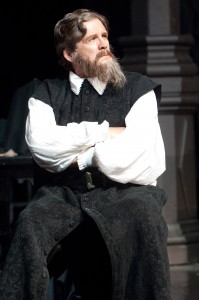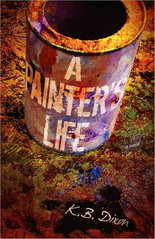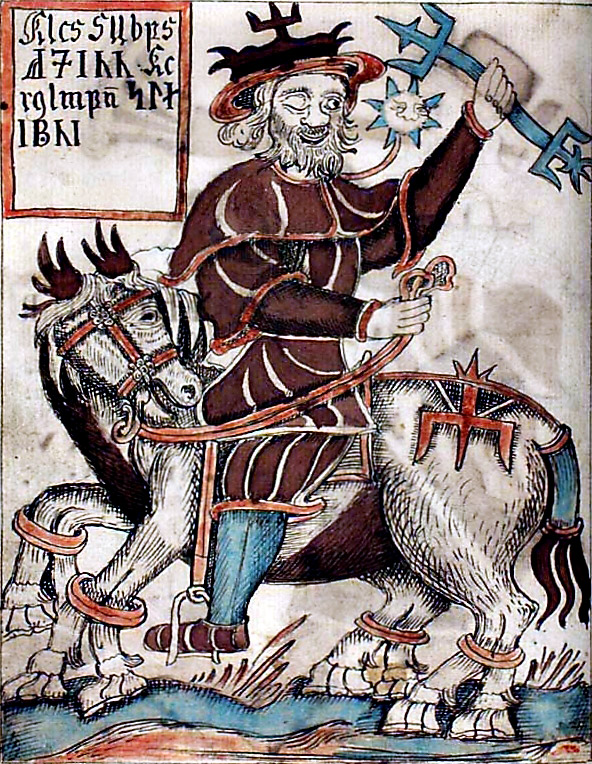By Bob Hicks
On Saturday night, tucked between a Friday night chocolate truffle-making soiree and a groaningly good Sunday night dim sum dinner (the Scatters bought places at both convivial tables last month at the estimable Portland Taiko‘s annual benefit banquet) Mr. Scatter trekked to the studios of Polaris Dance Theatre for another benefit fund-raising event.
 This time he was working, covering the event for The Oregonian, and it turned out to be remarkable — well worth twisting and ducking twelve blocks through the crowds and police blockades for the Rose Festival’s Starlight Parade. Mr. Scatter does not know if Ivory floats, but pretty much everything else in downtown Portland was either riding a float or watching from the sidewalk as the floats floated by.
This time he was working, covering the event for The Oregonian, and it turned out to be remarkable — well worth twisting and ducking twelve blocks through the crowds and police blockades for the Rose Festival’s Starlight Parade. Mr. Scatter does not know if Ivory floats, but pretty much everything else in downtown Portland was either riding a float or watching from the sidewalk as the floats floated by.
The benefit was to support Polaris’s All Access program, which teaches dance to all sorts of people who wouldn’t ordinarily think of dancing: think wheelchairs, paralysis, Down’s Syndrome. A lot of those students performed during the party, and it was eye-opening. Keep an eye out for the extraordinary Wobbly Dance. Read about it here in Oregon Live.
*
DON’T MISS Marty Hughley’s terrific profile of actor Anthony Heald in Sunday’s Oregonian.
 Heald, the Broadway and Hollywood vet who gave it up to move to Ashland and join the acting company at the Oregon Shakespeare Festival, tells what prompted him to make the leap into relative obscurity, and why he’s happy as a clam about it. Heald is getting ready to open as Shylock in the festival’s new production of The Merchant of Venice. Interesting side note Marty dug up: Heald is the first Jewish actor ever to play the role on the festival stage.
Heald, the Broadway and Hollywood vet who gave it up to move to Ashland and join the acting company at the Oregon Shakespeare Festival, tells what prompted him to make the leap into relative obscurity, and why he’s happy as a clam about it. Heald is getting ready to open as Shylock in the festival’s new production of The Merchant of Venice. Interesting side note Marty dug up: Heald is the first Jewish actor ever to play the role on the festival stage.
*
AND DO CATCH local beer baron and Scatter friend John Foyston’s review of K.B. Dixon’s slim novel A Painter’s Life, also from the Sunday O.
 Between epic motorcycle trips and learned sessions with master brewers, Foyston’s been known to paint up a modest storm of his own. And Ken Dixon, who in the great long-ago wrote an occasional witty and perceptive art review for Mr. Scatter at a Large and Important Daily Publication, is a writer with a singular miniaturist approach to the puzzle of the written word. His books are wry and elegant, carefully measured for precise effect, and they maintain a sly satiric distance. At a time when the art world sometimes seems nearly strangled in a tangle of theory and jargon, even the name of Dixon’s artist-hero seems perfectly chosen: Christopher Freeze.
Between epic motorcycle trips and learned sessions with master brewers, Foyston’s been known to paint up a modest storm of his own. And Ken Dixon, who in the great long-ago wrote an occasional witty and perceptive art review for Mr. Scatter at a Large and Important Daily Publication, is a writer with a singular miniaturist approach to the puzzle of the written word. His books are wry and elegant, carefully measured for precise effect, and they maintain a sly satiric distance. At a time when the art world sometimes seems nearly strangled in a tangle of theory and jargon, even the name of Dixon’s artist-hero seems perfectly chosen: Christopher Freeze.
*
ILLUSTRATIONS, from top:
— All Access performers from Polaris Dance Theatre’s “Simple Pleasures” program.
— Anthony Heald as Shylock in “The Merchant of Venice.” Photo: Jenny Graham/Oregon Shakespeare Festival/2010
— K.B. Dixon’s “A Painters Life,” Inkwater Press

 Our good friend Barry Johnson, the original Scatterer, who had the idea for this blog and brought it into being before parting amicably to pursue his own arts column and
Our good friend Barry Johnson, the original Scatterer, who had the idea for this blog and brought it into being before parting amicably to pursue his own arts column and